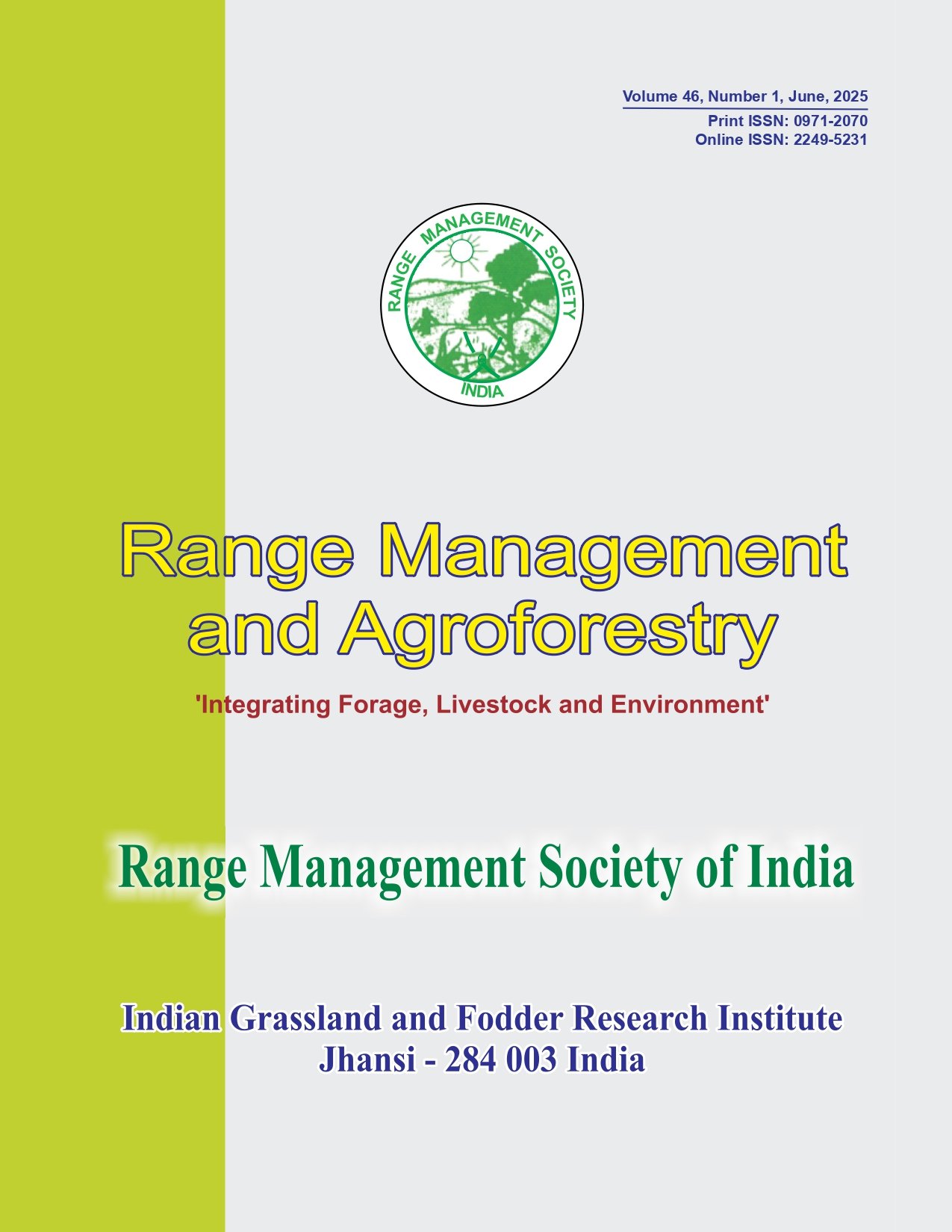Evaluation of machine learning models for prediction of daily reference evapotranspiration in semi-arid India
Abstract
Reference evapotranspiration (ET ) is controlled by climatic factors; hence, its estimation provides an idea 0 about the atmospheric demand of water. Machine learning techniques like elastic net (ELNET), K-nearest neighbours (KNN), multivariate adaptive regression splines (MARS), partial least squares regression (PSLR), random forest (RF), support vector regression (SVR), XGBoost and cubist were employed to predict daily reference evapotranspiration based on daily weather parameters of twenty years. Penman-Monteith method was used as the reference method for ET estimation. All models performed well during calibration showing 0 higher coefficient of determination (R ) which ranged from 0.97 (for PLSR) to 1 (for cubist models). Mean 2 absolute error during calibration ranges from 0.027 mm d for cubist to 0.607 mm d for ELNET. Cubist model -1 -1 (R = 1, MAE = 0.017 mm d , RMSE = 0.027 mm d ) outperformed other models during the calibration. During 2 -1 -1 validation, the coefficient of determination (R ) for the machine learning models varied from 0.819 to 1, RMSE 2 varied from 0.06 to 0.60 mm d and MAE varied from 0.031 to 0.38 mm d . Based on statistical parameters, -1 -1 best performance was observed for cubist model (R = 1, RMSE = 0.06 mm d , MAE = 0.031 mm d ) among the2 -1 -1studied machine learning models for the prediction of reference evapotranspiration. Hence, the cubist model may be used to estimate daily reference evapotranspiration for the studied region.




